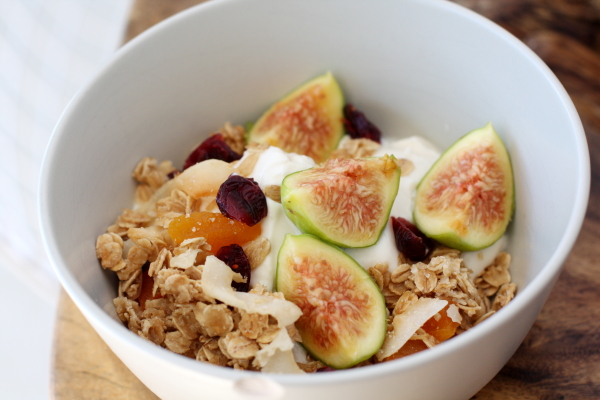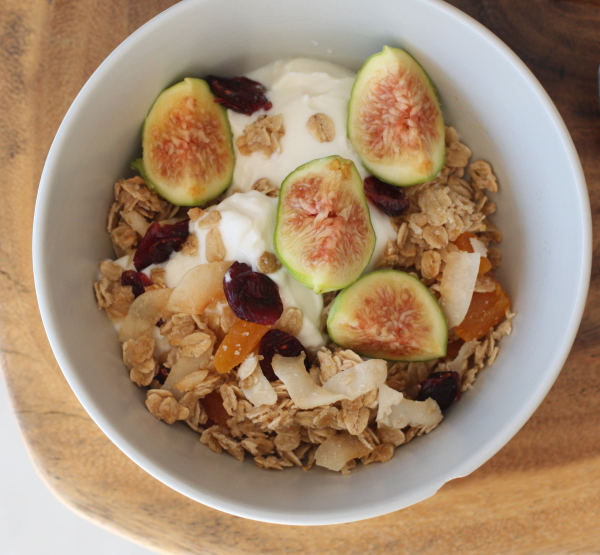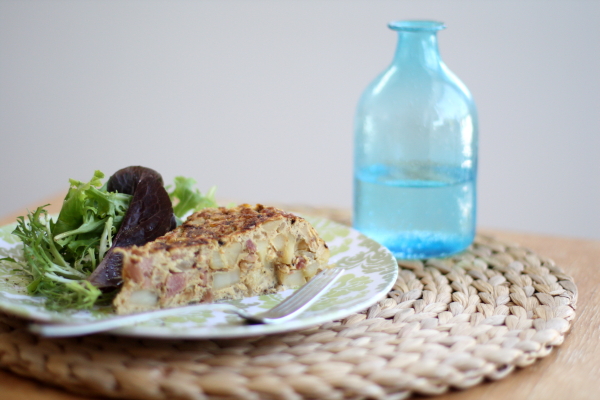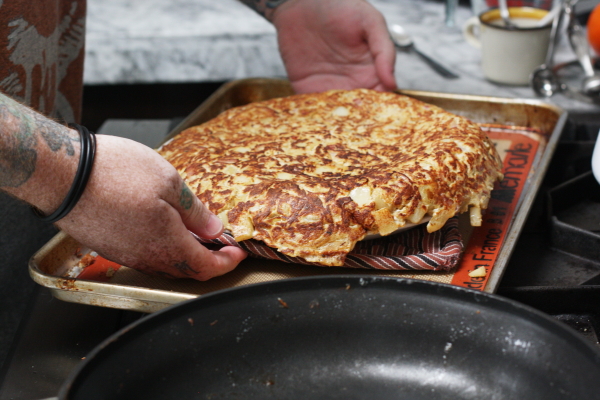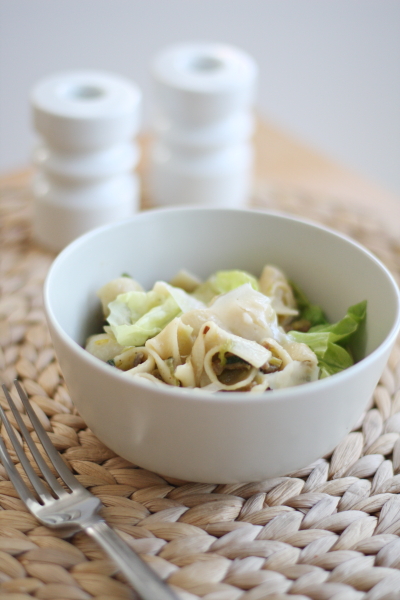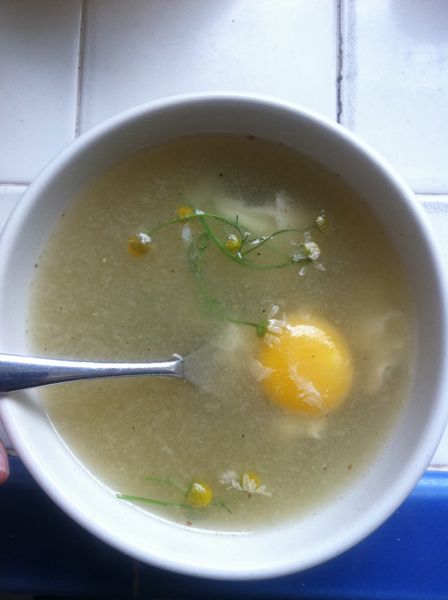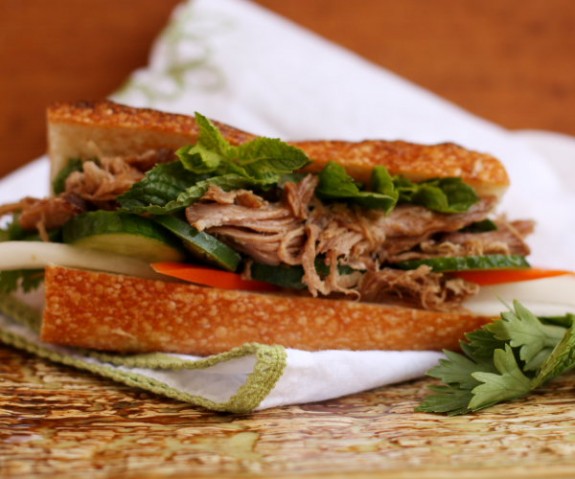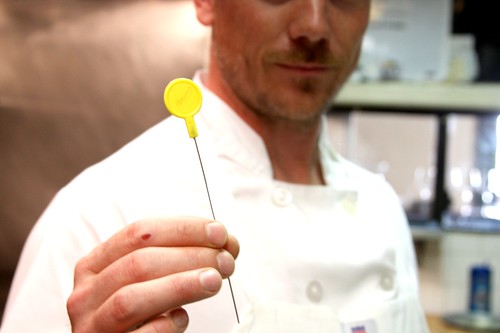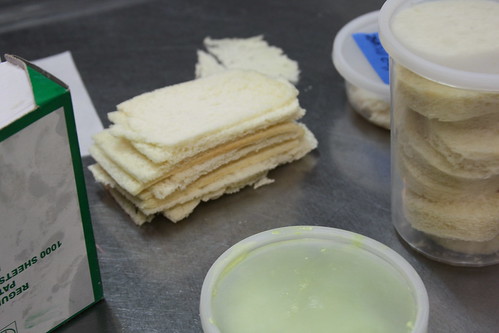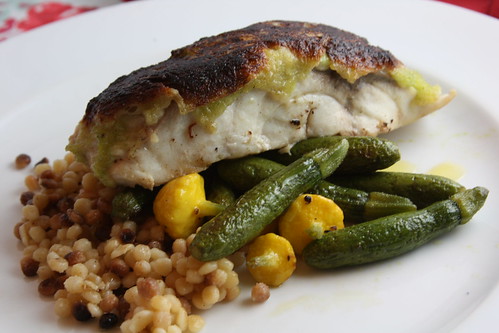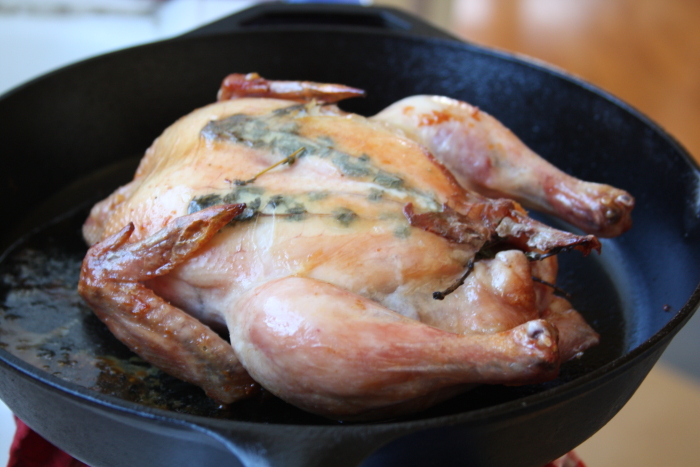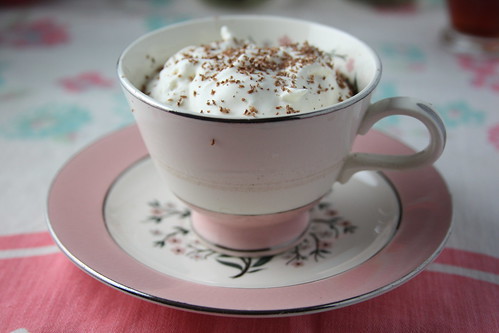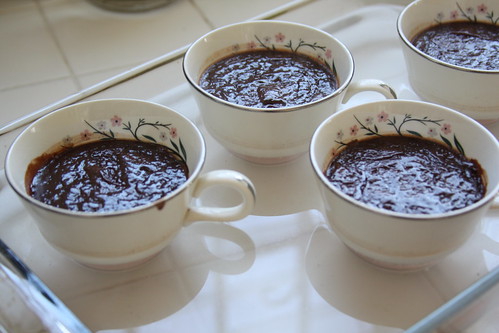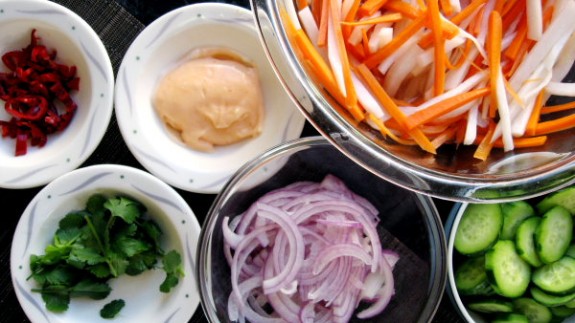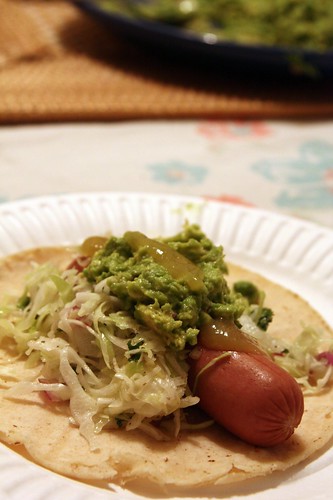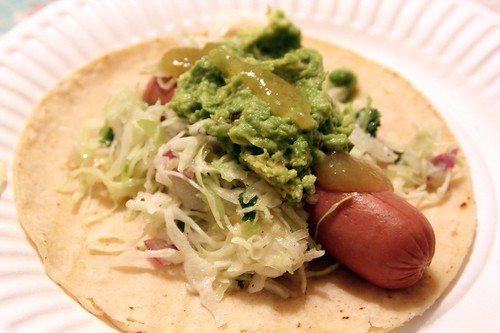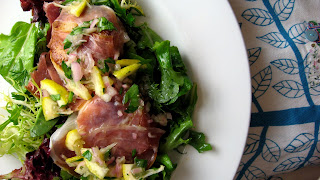
After some seven months of posting recipes and food reviews, I was pleasantly surprised to receive a culinary request from my filmmaker-friend, Jesse:
I have a question to ask you: I’ve started hosting these little soirees at my house lately- a small group of intellectuals and artist types, who come for an evening of frolic, food and film. I pick a film that most of them have not seen or not seen in years, and design a meal around the film’s locale or origin.
We started with “Big Night” and I made timpano. Then we did a Chinese evening with “The Last Emperor” (my 2nd favorite film…”City Lights” is still #1 in my heart). And for my next eve, we are hitting the streets of Paris, with a George Roy Hill film I’ve always loved, “A Little Romance,” starring a young Diane Lane and an old Laurence Olivier.
For the menu, I’m thinking “Paris Bistro”…but am having trouble coming up with ideas for courses. So I thought you might have some suggestions?
How exciting! A request for MY food advice?! Hooray! My food blogging has paid off! Someone values my culinary advice! Sure, Jesse is a good friend…but a food blogging person has to start somewhere. Right?
Being one to respect authority when it’s given to me, I decided to do some serious research. After much cookbook reading, I felt it best to turn to one of our country’s greatest culinary icons: Alice Waters. Since the early 70’s, Waters and her Chez Panisse team have created mouth-watering dishes inspired by the French Bistros she visited as a college student. At Chez Panisse Café, the simple dishes are thoughtfully prepared from fresh, local ingredients that are either foraged from local environs or purchased from nearby farms.
The following dish is an incredible example of how fresh ingredients, when paired well, can create a memorable bistro dish made only from a handful of simple ingredients.
Baked Scallops with Proscuitto and Lemon Relish
Adapted from the Chez Panisse Café cookbook
Ingredients:
1 pound medium-sized fresh sea scallops Note: the scallops I bought were big enough to serve 2 scallops each (which are about 1/8 lb each). You may choose to cut big scallops in half—thereby creating the visual effect of a “larger portion size”
3 tablespoons extra virgin olive oil
6 – 8 slices of Prosciutto
Handful of young greens (lettuce, cress, rocket or mache)
Few drops of red wine vinegar
Salt and Pepper
½ cup Lemon Relish*
Preheat oven to 475 F.
Remove the tough “foot” from each scallop. Season with salt and freshly ground black pepper.
Heat a cast-iron pan or a heavy, oven proof skillet over medium high heat. Pour in about 2 tablespoons of olive oil or enough to coat the bottom of the pan. When the oil is nearly smoking, add the scallops in one layer. As soon as the scallops begin to sizzle, place the uncovered skillet on the top shelf of the oven.
Check the scallops after five minutes. They should be nicely caramelized and firm to the touch. If the top portion is not yet golden colored, gently flip the scallops with a fish spatula in order to caramelize the other side. Cook for an additional 2-3 minutes, or until caramelized. Remove from oven.
Drape the prosciutto slices over and around the scallops.
Quickly, put the handful of greens in a small mixing bowl and lightly drizzle with a touch of olive oil, red wine vinegar, salt and pepper. Toss by hand. Add individual portions of seasoned greens to each plate and then arrange the prosciutto wrapped scallops on top. Spoon a small amount of Lemon Relish over each serving.
Note: You may want to serve one perfectly wrapped scallop as a delicious first course, or a few as an incredibly satisfying main.
*LEMON RELISH
Adapted from the Chez Panisse Cafe Cookbook
1 large shallot, diced fine
1 tablespoon red wine vinegar (or lemon juice)1 large lemon (if Meyer lemon is available use it!)
1/2 cup extra virgin olive oil
2 tablespoon chopped tarragon
Salt and Pepper to Taste
Put diced shallot in a small bowl. Add vinegar and a pinch of salt. Let macerate for 10 to 15 minutes. Cut lemon into 8 wedges. Remove the seeds and white pith from center of each piece. Cut across the wedge into thin, triangular slivers. Combine the slivered lemon and shallot and add more salt. Stir in the olive oil, parsley, tarragon and some freshly milled pepper. Taste and adjust for seasoning.
Spoon relish on top of prosciutto wrapped scallops.
 This city has taught me a lot about food, but one of the most important food lessons came in the shape of a plastic bottle with a green cap and nozzle. Sriracha–a sauce created by a Chinese immigrant from Vietnam who relocated in Los Angeles–has flavors that are warm and spicy–like ketchup mixed with garlic and smoked jalapeno. It’s a magical sauce that can transform anything into something spicy good.
This city has taught me a lot about food, but one of the most important food lessons came in the shape of a plastic bottle with a green cap and nozzle. Sriracha–a sauce created by a Chinese immigrant from Vietnam who relocated in Los Angeles–has flavors that are warm and spicy–like ketchup mixed with garlic and smoked jalapeno. It’s a magical sauce that can transform anything into something spicy good.
